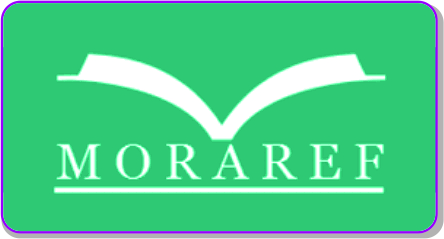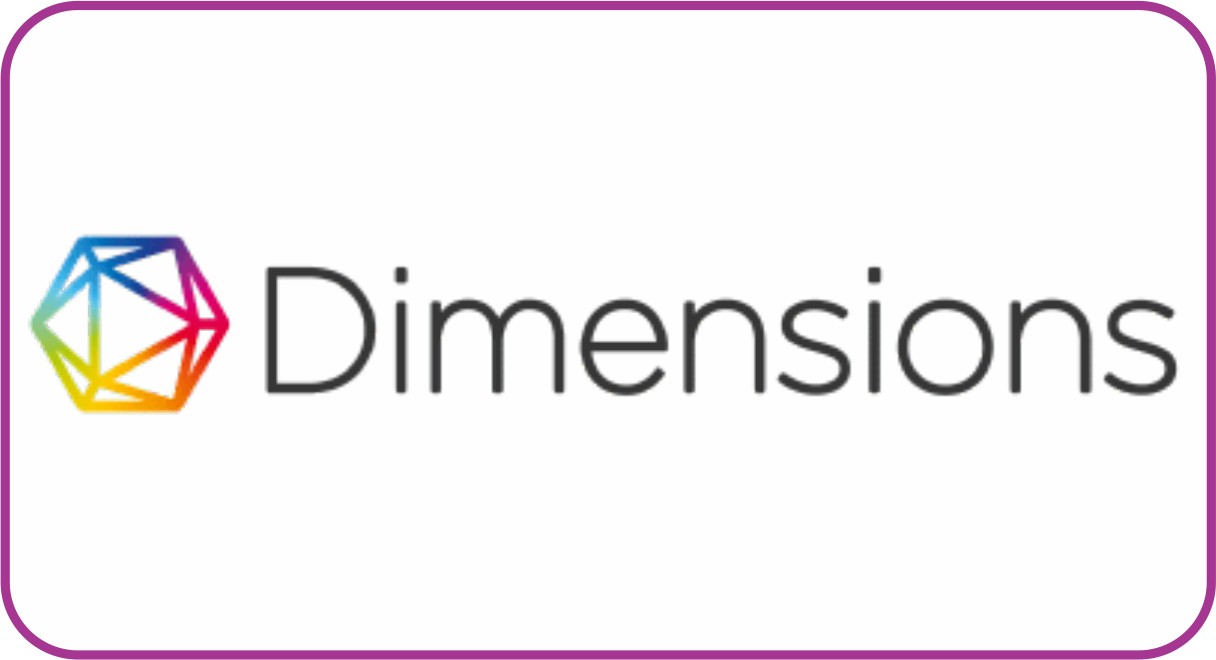Exploring Language Repertoire in EFL Classroom Interaction
DOI:
https://doi.org/10.30983/mj.v1i1.4727Abstract
As EFL classroom interaction mostly occur in multilingual or at least bilingual settings, classroom participants has already had languages other than English as part of their language repertoire. They use these languages in their daily life, and oftentimes they are also brought to the classroom interaction. However, some suggests that the ideal EFL classroom is the one where the target language should be fully used. Thus, the practice of using students’ L1 should be discouraged, banned, or at least minimized. Meanwhile, the current trends have challengged this notion by asserting the fact monolingual classroom might be seem a bit unrealistic, especially for low level students, and students’ L1 can be utilized in the clasrrom to help them during the process. This study aims to explore how students’ language repertoire is exploited during the classroom interaction and what functions it serves in the process. To obtain the data on this talk, some EFL classroom meetings were recorded and transcribed. The transcribed data were then analyzed to classify the language repertoire used and to identify its function. The analysis reveals that the language repertoire used in the classroom interaction are varied encompassing the national language, local language, and target language, and each repertoire serves different purposes.
Â
Keywords: EFL, classroom interaction, language repertoire
References
Adinolfi, Lina, and Lluisa Astruc. “An Exploratory Study of Translanguaging Practices in an Online Beginner-Level Foreign Language Classroom.†Language Learning in Higher Education 7, no. 1 (2017): 185–204. http://dx.doi.org/10.1515/cercles-2017-0008.
Alshehri, Eman. “Using Learners’ First Language in EFL Classroom.†IAFOR Journal of Language Learning 3, no. 1 (2017): p.20–33.
Anwar, Widya Pertiwi, Kisman Salija, and Amirullah Abdullah. “Exploring Translanguaging: An Approach to Teaching and Learning English as Foreign Language of Bone Islamic University Context.†Makassar, 2018.
Bruen, Jennifer, and Niamh Kelly. “Using a Shared L1 to Reduce Cognitive Overload and Anxiety Levels in the L2 Classroom.†The Language Learning Journal, 2014, p.1–14. http://dx.doi.org/10.1080/09571736.2014.908405.
Budiman, Yudha, and Bagus Kristafani. “Students’ and Teachers’ Perspective of English Language in Multilingual EFL Classroom.†Journal of English Education, Literature, and Linguistics 3, no. 1 (2020): p.86–97.
Cook, Vivian. “Using First Language in the Classroom.†The Canadian Modern Language Review 53, no. 3 (2001): p.405–15.
Cummins, Jim. “Multilingualism in the English-Language Classroom: Pedagogical Considerations.†TESOL Quarterly 43, no. 2 (2009): p.317–21.
DPR RI. Undang-Undang Republik Indonesia Nomor 24 Tahun 2009 2009 Tentang Bendera, Bahasa, Dan Lambang Negara, Serta Lagu Kebangsaan, Pub. L. No. 24 (2009).
Hornberger, Nancy, and Sandra Lee McKay. Sociolinguistics and Language Education. Bristol: Multilingual Matters, 2010.
Kartikasari, Magdalena, and Tandy Rerung. “Evaluating Translanguaging Practice in Bilingual Classroom.†Journal of English Language and Literature 5, no. 1 (2015): p.133–47.
Ke, I-Chung, and Shumin Lin. “A Translanguaging Approach to TESOL in Taiwan.†English Language Teaching and Learning 41, no. 1 (2017): 33–61. http://dx.doi.org/10.6330%2fETL.2017.41.1.02.
Khairunnisa, Khairunnisa, and Iwa Lukmana. “Teachers’ Attitudes towards Translanguaging in Indonesian EFL Classrooms.†Jurnal Pendidikan 20, no. 2 (2020): 254–70.
Mwinda, Nangura, and Chritsa Van Der Walt. “From ‘English Only’ to Translanguaging Strategies: Exploring Possibilities.†Per Linguam 31, no. 3 (2015): p.100–118.
Nambisan, Kavitha A. “Teachers’ Attitudes towards and Uses of Translanguaging in English Language Classroom in Iowa.†Iowa States University, 2014.
Rabbidge, Michael. “The Effect of Translanguaging on Participation in EFL Classroom.†The Journal of Asia TEFL 16, no. 4 (2019): 1305–22.
Rasman, Rasman. “To Translanguage or Not to Translanguage? The Multilingual Practice in an Indonesian EFL Classroom.†Indonesian Journal of Applied Linguistics 7, no. 3 (2018): 687–94. https://doi.org/10.17509/ijal.v7i3.9819.
Roza, Veni. “Translingual Negotiations Strategies Used by English Students to Build Classroom in a Translation Class.†Lingua Cultura 13, no. 1 (2019): 21–29.
Saputra, Adi Wongso, and Erwin Akib. “Translanguaging in English as a Foreign Language (EFL) Classroom Assessment: A Discourse Analysis in Indonesian University,†141–49. Makassar: TEFLIN, 2018.
Subekti, Adaninggar Septi. “An Exploration of Learners’ Foreign Language Anxiety in the Indonesian University Context: Learners’ and Teachers’ Voices.†TEFLIN Journal 29, no. 2 (n.d.): 219–24.
Tian, Lili, and Ernesto Macaro. “Comparing the Effect of Teacher Codeswitching with English-Only Explanations on the Vocabulary Acquistions of Chinese University Students: A Lexical Focus-on-Form Study.†Language Teaching Research 16, no. 3 (n.d.): 367–91. https://doi.org/, https://doi.org/10.1177%2F1362168812436909.
Downloads
Submitted
Accepted
Published
Issue
Section
License
Authors who publish with this journal agree to the following terms:
- Authors retain copyright and grant the journal right of first publication with the work simultaneously licensed under a Creative Commons Attribution License that allows others to share the work with an acknowledgment of the work's authorship and initial publication in this journal.
- Authors are able to enter into separate, additional contractual arrangements for the non-exclusive distribution of the journal's published version of the work (e.g., post it to an institutional repository or publish it in a book), with an acknowledgment of its initial publication in this journal.
- Authors are permitted and encouraged to post their work online (e.g., in institutional repositories or on their website) prior to and during the submission process, as it can lead to productive exchanges, as well as earlier and greater citation of published work (See The Effect of Open Access).










